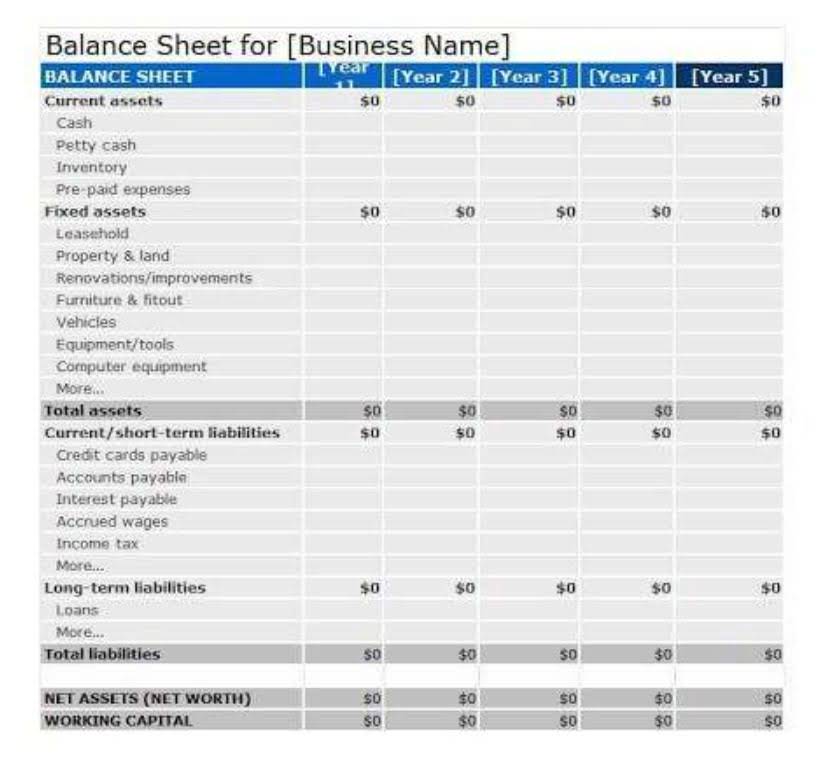
The accounting matching principle is a fundamental concept you’ll use forever in accounting. It’s one of the building blocks to understanding harder and more complex topics in accounting. In order to adhere to this principle, debit and credit accounts must be balanced, meaning expenses must equal income during any given period. The matching principle in accounting is one of the basic fundamental principles in Generally Accepted Accounting Principles (“GAAP”).
Some other specific examples of the matching principle
Based on the Matching Principle, the cost of goods sold amount $40,000 have to be recorded in December 2016, same as revenue of $70,000 recognized. The marching principle is recognized in the same ways as accrual or cash. Based on the Matching Principle, even the commission is paid in January, but the commission expenses must be recognized and recorded in December 2016. Let’s look at an example of how the matching principle helps a company understand the indirect costs of a new piece of equipment that depreciates over time.
Prepaid expenses
- Per the matching principle, expenses are recognized once the income resulting from the expenses is recognized and “earned” under accrual accounting standards.
- If no connection with revenues can be established, costs are recognised immediately as expenses (e.g., general administrative and research and development costs).
- Logistics companies often rely on multiple vendors for transportation, warehousing, and distribution services.
- So far we have dealt with companies that did not need adjusting entries under the cash basis of accounting.
- This concept tries to ensure that there are no over or under revenue or expenses records in the financial statements.
- As there is no direct link between the expense and the revenue a systematic approach is used, which in this case means adopting an appropriate depreciation method such as straight line depreciation.
The matching principle is a core element of accrual-basis accounting because it forces you to account for every business expense on a monthly, quarterly, and yearly basis. Skynova’s business accounting software helps you track those expenses with ease, setting you and your business up for success now and in the future. The matching principle is about balancing revenue with expenses — a plus with a minus.
Why do we use the matching principle in accounting?

The matching principle is one of the accounting principles that require, as its name, the matching between revenues and their related expenses. – Angle Machining, Inc. buys a new piece of equipment for $100,000 in 2015. This means that the machine will produce https://www.bookstime.com/ products for at least 10 years into the future. According to the matching principle, the machine cost should be matched with the revenues it creates. Thus, the machine is depreciated over its 10-year useful life instead of being fully expensed in 2015.

Hence, if a company purchases an elaborate office system for $252,000 that will be useful for 84 months, the company should report $3,000 of depreciation expense on each of its monthly income statements. The matching principle states that all expenses incurred during a business’s fiscal match accounting year should be matched with the corresponding revenue earned from the sale of products or services. This helps ensure accurate financial reporting by creating a correlation between expenses and income, which results in a more realistic view of the company’s financial performance.
Matching principle of accounting
![]()
The allocation method can be used by businesses to match such expenses to revenue. However, matching the expenses to the earnings might sometimes be challenging. This is because a company cannot generate sales or revenues without paying expenses like the cost of labor, raw materials, marketing expenses, selling expenses, administrative expenses, or other miscellaneous expenses. Therefore, expenses must be documented in the timeframe of their occurrence rather than when the amount is paid according to the accounting matching principle. According to the matching principle, a corporation must disclose an expense on its income statement in the same period as the relevant revenues. This principle is one of the most crucial accounting concepts under the accrual basis of accounting.
- This matches costs to sales and therefore gives a more accurate representation of the business, but results in a temporary discrepancy between profit/loss and the cash position of the business.
- Either of these accounting systems can prove a good fit for your business, and either will help you generate accurate and up-to-date cash flow statements.
- Work with your customer success managers from Veryfi to ensure that the LLMs are accurately capturing and matching data from all document types.
- OCR technology ensures that invoices are processed quickly and correctly, reducing the likelihood of payment delays and disputes.
- Read on to learn how HighRadius’ Autonomous Accounting Software helps you get rid of manual matching processes that lead to reporting inaccuracies.
- A financial professional will offer guidance based on the information provided and offer a no-obligation call to better understand your situation.
Cost Savings:
What are the different types of expenses under the matching principle?
Create a Free Account and Ask Any Financial Question
Last Updated on July 3, 2024 by Bruce
